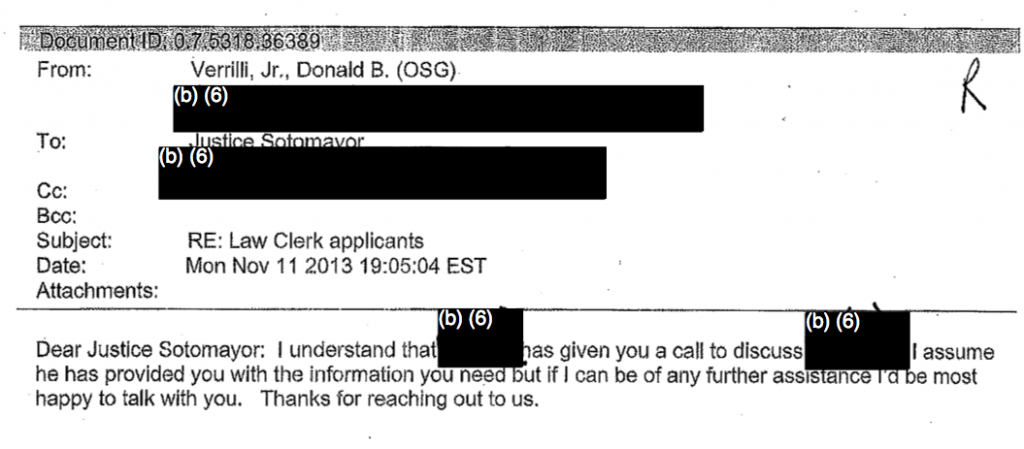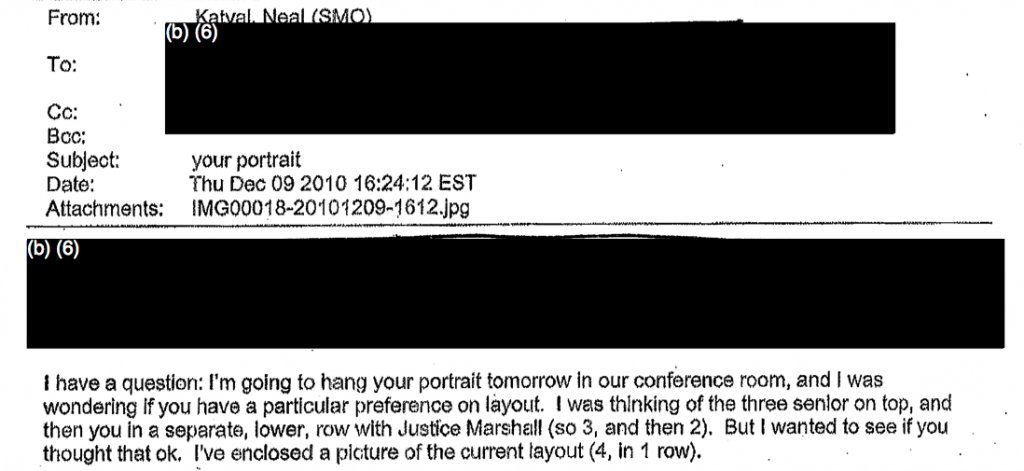Today, the Justice Department petitioned the Court “for re-hearing of this case before a full nine-Member Court.” Success is unlikely here. If five Justices wanted to hold the case until there was a ninth Justice, rather than deciding the case by a 4-4 margin, they could have simply held it over, like they did with Citizens United. That didn’t happen, which tells me that they could not broker a compromise internally. Instead, they made the somewhat striking decision to affirm by an equally divided margin. Nudging from OSG is unlikely to change the equation.
The immediate effect of this petition is that it puts on hold the return of the mandate to the 5th Circuit. The Court does not need to wait until the long conference to deny a petition for rehearing. To give you a sense for timing, last year a petition for rehearing was filed in Davis v. Ayala on 7/13/15. It was distribued three days later on 7/16/15. The petition was then denied less than one month later on 8/10/15. The mandate issued the next day. If the Court follows a similar sequencing, the petition would be ruled by the third summer order list.
Judge Hanen currently has a hearing scheduled for 8/22/16. It’s possible DOJ will petition Judge Hanen will put the proceeding on hold. If the Court denies the rehearing right away on the third summer orders list, then this delay will not be meaningful. But if the petition is rescheduled many times, that delay may become indefinite. The DOJ’s hope is that the case will simply be held in SCOTUS limbo, with a series of reschedulings, until a ninth Justices is confirmed. This could take a while.
In their best case scenario, Judge Garland is confirmed during the lame-duck session. In that case, the petition will have to be rescheduled dozens of times.
If Garland is not nominated in the lameduck session, the outcome of this case hinges on the outcome of the election. If it is a President Trump, the case goes away, as DAPA will be rescinded. (We noted in our Cato brief that not deciding the case now would allow the case to go away through the political process). If it is Clinton, her nominee would receive a vote–at the earliest–in March of April. Only then could the case be reheard, with a possible special May sitting. Meanwhile, the petition for rehearing would set (what must be) a record for ten months or rescheduling!!
All of this seems very, very unlikely. The more likely route is to expedite the case through the lower court. Based on the 5th Circuit’s precedent, the outcome is certain. The case will likely come back up to the Supreme Court on certiorari around the same time the next Justice is confirmed.
It doesn’t make sense to grant this petition in light of the above timeline. But then again, absolutely nothing about this case has made any sense.

